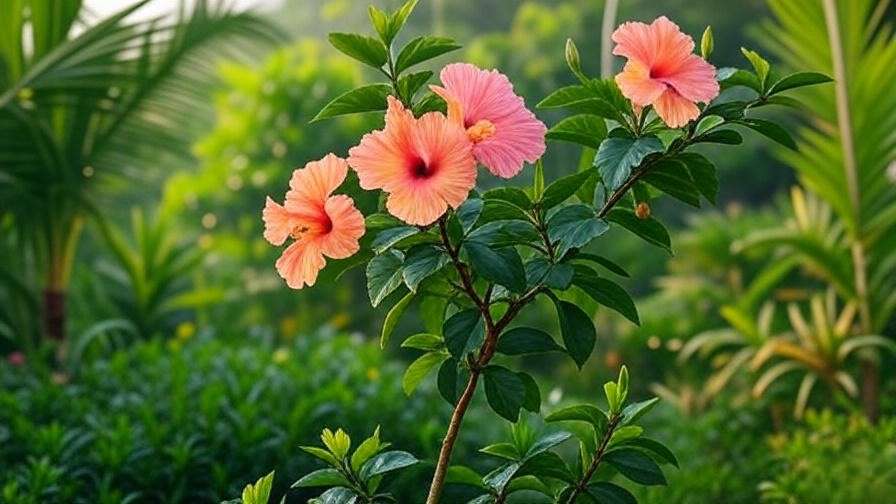Imagine a single hibiscus tree, its vibrant blooms bursting with tropical color, stealing the spotlight in your garden or patio. This stunning plant, with its glossy leaves and eye-catching flowers, transforms any space into a paradise. Whether you’re a beginner or a seasoned gardener, growing a thriving single hibiscus tree is achievable with the right care. In this comprehensive guide, we’ll share expert-backed tips to help you nurture a healthy hibiscus tree that blooms spectacularly. Backed by years of horticultural experience and insights from plant care professionals, this article will empower you to overcome challenges and enjoy a flourishing hibiscus. Let’s dive into the world of hibiscus care! 🌿
1. Understanding the Single Hibiscus Tree 🌿
1.1 What Is a Single Hibiscus Tree? 🌼
A single hibiscus tree, often derived from Hibiscus rosa-sinensis, is a tropical plant trained into a tree form with a single, upright stem topped with lush foliage and vibrant flowers. Unlike hibiscus shrubs, which grow bushy and multi-stemmed, a single hibiscus tree is pruned to maintain a distinct trunk and a rounded canopy, making it a striking focal point. Popular varieties for this form include ‘President’ (red blooms), ‘Fiesta’ (orange-yellow), and ‘Snow Queen’ (variegated leaves). These plants thrive in warm climates (USDA zones 9–11) but can also be grown in containers for indoor or seasonal use.
1.2 Why Choose a Single Hibiscus Tree? 😍
A single hibiscus tree offers unmatched aesthetic appeal. Its bold blooms—available in shades of red, pink, yellow, and white—create a tropical vibe perfect for patios, balconies, or small gardens. These trees are versatile, thriving in pots or in-ground, making them ideal for urban gardeners or those with limited space. In warm climates, they bloom nearly year-round, while in cooler regions, they can be brought indoors during winter. Their adaptability and low-maintenance nature (with proper care) make them a favorite among plant enthusiasts seeking a statement piece.
1.3 Common Challenges and Solutions 🌱
Growing a single hibiscus tree comes with challenges like pest infestations, leaf drop, or poor blooming. Aphids, spider mites, and improper watering are common culprits. To combat these, regular inspections, correct watering, and organic pest control (like neem oil) are key. We’ll explore these solutions in detail later, ensuring your hibiscus stays healthy and vibrant.
2. Selecting the Perfect Single Hibiscus Tree 🌟
2.1 Choosing the Right Variety 🌈
Selecting the right hibiscus variety is crucial for success. For single-tree forms, choose cultivars known for strong stems and prolific blooms. ‘Brilliant’ offers bold red flowers, while ‘Snow Queen’ combines variegated foliage with pink blooms for added drama. Consider your climate: tropical varieties thrive in warm, humid conditions, while hardier hybrids suit cooler regions. Check bloom size and color to match your aesthetic preferences. For example, ‘Fiesta’ produces large, multicolored blooms, ideal for a vibrant display.
2.2 Where to Buy a Healthy Hibiscus Tree 🛒
Purchase your hibiscus from reputable sources like local nurseries or certified online retailers (e.g., Logee’s or Plant Delights Nursery). Look for plants with glossy green leaves, no yellowing, and a sturdy stem. Avoid specimens with wilting leaves, spots, or weak growth, as these indicate stress or disease. When buying online, check reviews for plant quality and shipping reliability. A healthy hibiscus ensures a strong start for your tree.
2.3 Container vs. In-Ground Planting 🪴
Deciding between container and in-ground planting depends on your space and climate. Containers offer mobility, perfect for moving hibiscus indoors during cold weather. Choose a pot at least 12–16 inches wide with drainage holes to prevent root rot. In-ground planting suits warm climates, allowing the tree to establish deeper roots. Use well-draining, loamy soil for both methods. Containers require more frequent watering, while in-ground trees need less maintenance once established.
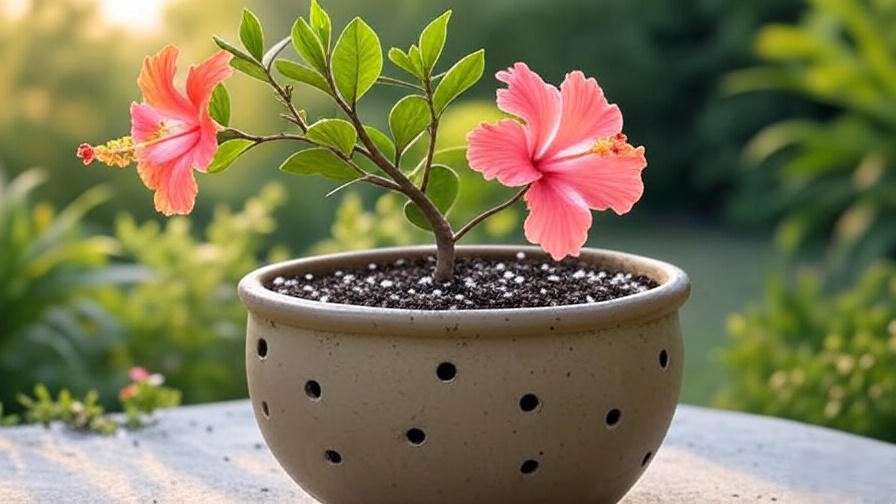
3. Essential Care Tips for a Thriving Single Hibiscus Tree 🌞
3.1 Light and Location Requirements ☀️
Hibiscus trees crave sunlight, needing 6–8 hours of direct sun daily for optimal growth and blooming. Place outdoor trees in a south-facing spot with minimal shade. For indoor hibiscus, position near a south-facing window or supplement with grow lights (12–16 hours daily). In hot climates, provide afternoon shade to prevent leaf scorch. Rotate potted plants every few weeks to ensure even light exposure.
3.2 Watering Needs 💧
Proper watering is critical for a single hibiscus tree. Keep the soil consistently moist but not soggy. Water when the top inch of soil feels dry, typically every 2–3 days for potted plants and less frequently for in-ground trees. Overwatering causes root rot (yellowing leaves), while underwatering leads to wilting. Use a moisture meter for precision, especially for beginners. In humid climates, reduce watering frequency to avoid fungal issues.
3.3 Soil and Fertilization 🌍
Hibiscus thrives in well-draining, slightly acidic soil (pH 6.0–6.8). For containers, mix potting soil with perlite and peat moss for drainage and acidity. In-ground, amend soil with compost to improve texture. Fertilize every 4–6 weeks during the growing season (spring to fall) with a balanced 10-10-10 fertilizer or a bloom-boosting 7-9-5 formula. Organic options like compost tea or fish emulsion work well for eco-conscious gardeners. Avoid over-fertilizing, which can cause leaf burn or reduced blooms.
3.4 Pruning and Shaping ✂️
Pruning is essential to maintain the single-tree form and encourage blooming. In early spring, trim back leggy branches to shape the canopy, removing about one-third of the growth. Use clean, sharp shears to avoid disease. Deadhead spent blooms regularly to promote continuous flowering. To train a young hibiscus into a tree, select a strong central stem, remove lower side shoots, and stake for support. Prune lightly throughout the year to maintain shape.

3.5 Temperature and Humidity 🌡️
Hibiscus trees prefer temperatures between 60–90°F (15–32°C). Protect outdoor plants from frost by covering them or moving potted trees indoors when temperatures drop below 50°F. In hot climates, mulch around the base to retain moisture. Indoors, maintain humidity above 50% using pebble trays or a humidifier, as dry air causes leaf drop. Misting leaves occasionally helps, but avoid overdoing it to prevent fungal growth.
4. Common Pests and Diseases 🐞
4.1 Identifying Pests 🕷️
A single hibiscus tree can attract pests like aphids, whiteflies, and spider mites, which can sap its vitality. Aphids cluster on new growth, leaving sticky residue, while whiteflies create a cloud when disturbed. Spider mites, tiny and web-spinning, cause stippled leaves. Regularly inspect the undersides of leaves and stems for early detection. Use a magnifying glass for small pests like mites. Organic controls, such as neem oil (diluted per instructions) or insecticidal soap, applied weekly, effectively manage infestations. Hose down outdoor plants with a strong water spray to dislodge pests naturally.
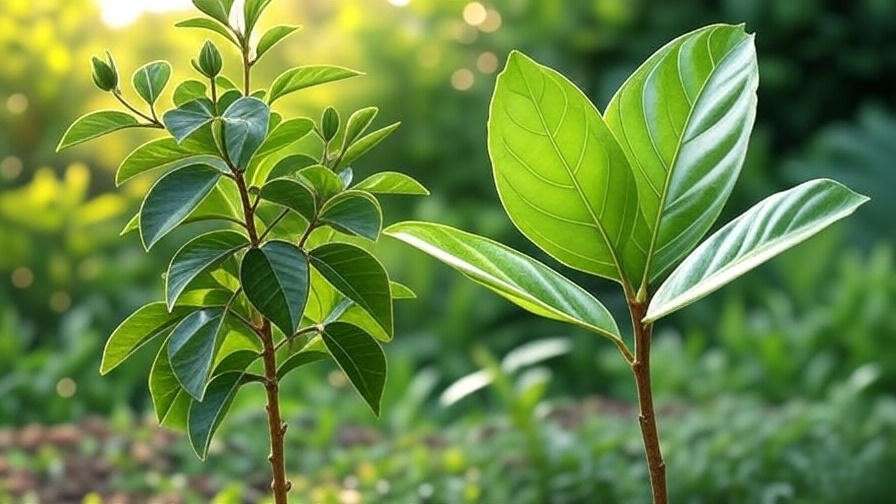
4.2 Preventing and Treating Diseases 🦠
Fungal diseases like leaf spot (black or brown spots) and root rot (soggy roots, wilting) can affect hibiscus. Poor drainage and overwatering are common causes. To prevent these, ensure proper soil drainage and avoid wetting foliage during watering. If leaf spot appears, remove affected leaves and apply a copper-based fungicide. For root rot, reduce watering and improve drainage; in severe cases, repot with fresh soil. Good air circulation—spacing plants adequately—reduces fungal risks. Sanitize tools after use to prevent disease spread.
4.3 Proactive Care Tips 🛡️
Prevent issues with routine care. Inspect your hibiscus weekly for pests or disease signs. Quarantine new plants for 2–3 weeks to avoid introducing problems. Maintain plant vigor with proper nutrition and watering, as healthy hibiscus are more resistant. Remove debris around the base to deter pests. For indoor plants, ensure good ventilation to mimic outdoor conditions. These proactive steps, rooted in expert practices, keep your hibiscus thriving.
5. Encouraging Vibrant Blooms 🌸
5.1 Blooming Season and Expectations 🌷
A single hibiscus tree typically blooms from spring through fall in warm climates, with flowers lasting 1–2 days each. In ideal conditions, blooming can extend year-round in tropical regions or indoors with proper care. Each bloom, ranging from 4–8 inches wide, creates a stunning display. Factors like sunlight, nutrients, and pruning directly impact bloom frequency. Setting realistic expectations—consistent care yields regular flowers—helps gardeners stay motivated.
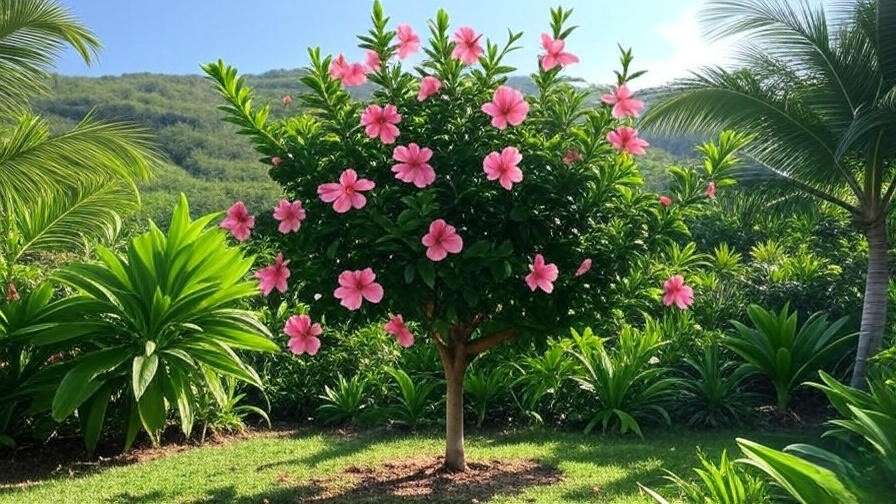
5.2 Boosting Flower Production 💐
To maximize blooms, focus on three areas: nutrition, pruning, and light. Use a high-potassium fertilizer (e.g., 7-9-5 or 10-10-20) every 4–6 weeks during the growing season to promote flowering. Deadhead spent blooms daily by pinching them off to encourage new buds. Ensure 6–8 hours of direct sunlight, as insufficient light reduces blooms. For indoor plants, supplement with grow lights (6500K spectrum) if natural light is limited. Avoid sudden environmental changes, which can cause bud drop.
5.3 Troubleshooting Poor Blooming 😞
If your hibiscus isn’t blooming, diagnose the issue systematically:
- Insufficient Light: Move to a brighter location or add grow lights.
- Nutrient Imbalance: Test soil; switch to a bloom-boosting fertilizer.
- Overwatering: Check soil moisture; let it dry slightly between waterings.
- Pests or Stress: Inspect for aphids or spider mites; treat promptly.
A real-life example: A gardener in Florida revived a non-blooming hibiscus by moving it to a sunnier spot and applying a potassium-rich fertilizer, resulting in blooms within weeks.
6. Seasonal Care for Your Single Hibiscus Tree 🍂
6.1 Summer Care ☀️
Summer is peak growth season for hibiscus. Water more frequently, especially for potted plants, to keep soil moist. Fertilize every 4 weeks with a balanced formula to support vigorous growth and blooming. In extreme heat (above 90°F), provide afternoon shade to prevent leaf scorch. Mulch around in-ground plants to retain moisture and keep roots cool. Monitor for pests, as warm weather increases activity.
6.2 Winter Care ❄️
In cold climates, protect your hibiscus from frost. Move potted trees indoors to a bright, warm spot (above 50°F). Reduce watering to once every 7–10 days, as growth slows during dormancy. Stop fertilizing until spring. For in-ground plants in mild climates, cover with frost cloth during cold snaps. Indoor hibiscus may benefit from grow lights (12–14 hours daily) to maintain health. Mist leaves occasionally to combat dry indoor air.
6.3 Spring and Fall Transitions 🌦️
Spring signals new growth. Resume fertilizing and increase watering as temperatures rise. Prune in early spring to shape the tree and remove winter damage. In fall, prepare for dormancy by reducing water and fertilizer. Repot container plants every 1–2 years in spring, refreshing soil to boost nutrients. Watch for leaf drop during transitions, a normal response to changing light or temperature.
7. Advanced Tips for Expert Growers 🌟
7.1 Propagating a Single Hibiscus Tree 🌱
Propagating a hibiscus from cuttings is a rewarding way to expand your collection. In spring or early summer, take a 6-inch cutting from a healthy, non-flowering stem. Remove lower leaves, dip the cut end in rooting hormone, and plant in a mix of perlite and peat moss. Keep moist and in indirect light. Roots form in 4–8 weeks. Success rate is 70–80% with proper care, but avoid overwatering, which causes rot.
7.2 Training for Unique Shapes 🎨
For a standout hibiscus, train it into unique forms like a braided trunk or tiered canopy. To braid, select three young, flexible stems, braid them loosely, and secure with soft ties. Over time, the stems fuse, creating a striking effect. For a tiered look, prune branches at staggered heights. Use stakes or trellises for support during training. Patience is key—shaping takes 1–2 years.
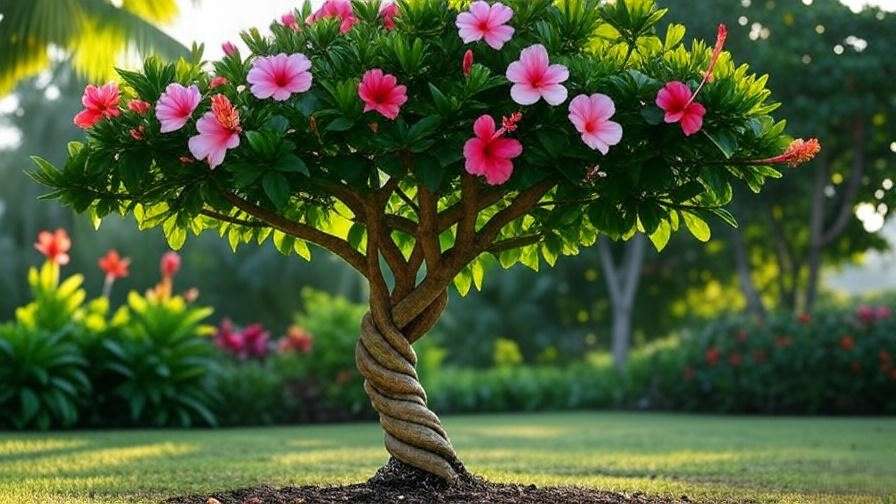
7.3 Companion Planting Ideas 🌿
Pair your hibiscus with companion plants to enhance its beauty and deter pests. Lavender or marigolds repel aphids, while low-growing ferns add texture. Ensure companions have similar light and water needs. For example, planting marigolds around the base of an in-ground hibiscus adds color and naturally reduces pest issues, creating a harmonious garden display.
8. FAQs About Single Hibiscus Tree Care ❓
- Why is my hibiscus tree dropping leaves?
Leaf drop often results from overwatering, low humidity, or sudden temperature changes. Check soil moisture and maintain humidity above 50%. - How often should I repot my hibiscus?
Repot every 1–2 years in spring, using fresh, well-draining soil and a slightly larger pot. - Can a single hibiscus tree survive indoors year-round?
Yes, with 6–8 hours of bright light, proper humidity, and careful watering. - What’s the best fertilizer for hibiscus blooms?
A high-potassium formula (e.g., 7-9-5) applied every 4–6 weeks during the growing season. - How do I protect my hibiscus from pests naturally?
Use neem oil or insecticidal soap and encourage beneficial insects like ladybugs.
9. Conclusion: Your Path to a Stunning Single Hibiscus Tree 🌺
Growing a thriving single hibiscus tree is within your reach with the right care. By providing ample sunlight, balanced watering, well-draining soil, and regular pruning, you’ll enjoy vibrant blooms that elevate your space. Start your hibiscus journey today, and don’t hesitate to experiment with propagation or creative shaping for added flair. Share your success stories in the comments or on social media with #HibiscusHaven! Explore our related articles, like “Top 10 Tropical Plants for Beginners,” for more gardening inspiration.

